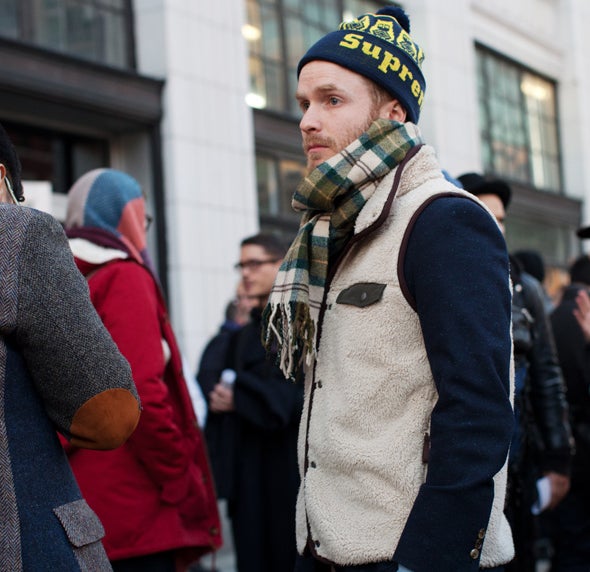
For our Oral History of the Graphic T-Shirt redux we connected with some of the leaders in the streetwear market to hear their thoughts on the current state of the industry and the most recent developments in the T-shirt game. As we continue to roll out our series of extended interviews, check out what Augie Galan, co-founder of Acapulco Gold had to say about the current state of the T-shirt.
Complex: Times have been tough for smaller brands. What did you do to survive the worst of the recession?
Augia Galan: We knew it was coming, the economy, it couldn't go on like this forever. I mean I knew it. It's funny, in good times I felt uneasy. Me and Jeff [Acapulco Gold co-founder] grew up relatively lower class so we know when things are going good to feel uneasy. Like a slight paranoia. I had a slight paranoia about it, even when you live in New York. New York's like the financial center of the world. You'd look over the hill and be like, "Why are there 10 condos going up in a 3-block radius so fucking quickly?" This is some real funny-money going around. We had a slight inkling that the bubble was going to burst so we never over-extended ourselves. We never bit off more than we could chew.
So part of your strategy was just in planning the business and playing it safe?
I used to go into the Garment District a lot. I used to meet up with a lot of fabric people. A lot of them were old were old garmentos, Jewish, Italian, real old school guys. From them I understood that it's not an easy business. It's a real difficult business and if you go too quickly it'll bite you.
What about from a design perspective?
I think what we always try to do is keep it timeless. So we could put it out, and in 5 or 6 years still say, "Oh shit, okay I'd wear this". And I think it’s all, from a design perspective, it’s all a matter of how you use color and how you use the typeface, the titles. Its how you use every element that you're trying to design.
What are your hopes for the business looking forward?
We're always, first and foremost, focused on the endgame, which for us is free-standing retail. We sell wholesale at boutiques all over the place. But eventually we'd like to have our own free-standing stores which will probably happen, hopefully, by next year. That's really all we've been focused. Again, a lot of the companies that came out in that era, I doubt they were ever really truly focused on retail. They were just focused on getting as much money from wholesale as possible. And that's two different things. They're completely two different businesses. You have to pick one or the other.
What do you think are the key elements that helped brands make it through after the streetwear bubble popped?
I think in order to have a successful clothing company you have to have your own style. People have to look at you and be like, yeah, that's Acapulco Gold. Its like when you see Ralph, you know that it’s Ralph. He took what he did and made it his own way and that’s his style. And I think in the end it comes down to that word. You have to be able to recognize it too.
How about some other brands you see out there doing it right today?
In terms of people that I know in the industry, my friends Josh and Scott [Sasso] over at 10.Deep. Those guys I've known for 10-15 years and I respect them greatly. I think they've done great things. And I give them a lot of respect because they've done their thing. Aside from that, I usually look above me. I look to people like Ralph and I look to older dudes in the industry. Like James [Jebbia, founder of Supreme], he's about 10 years older than us and he's a gentleman that I always thought was ahead of his time.
Is it difficult to make T-shirts now that the streetwear explosion has sort of subsided?
Coming up with graphics is not fucking easy. It’s always the most difficult part of the whole thing. Graphics are something that you could replicate really easily if you want to be doing some generic stuff. We could be doing that night and day, it’s no problem. But when you actually have to put some thought into it, that's when it gets tricky.
Do you think graphic T-shirts have a future?
I think that tees are a part of most young people's wardrobes and probably even slightly older peoples' now. You're wearing a T-shirt if you're in your 40s now. It’s changing, you know, generational. The old people are going away and the new people are staying. So, I think T-shirts are always going to be an important part of how people express themselves. You're basically showing somebody what you want to tell them without actually telling them. That’s what a T-shirt is.

